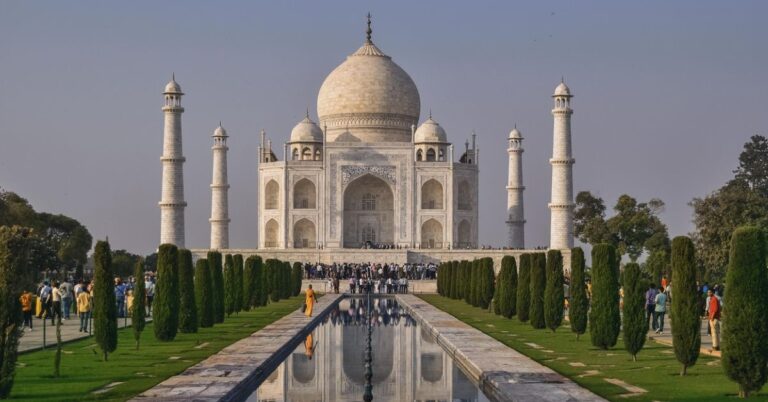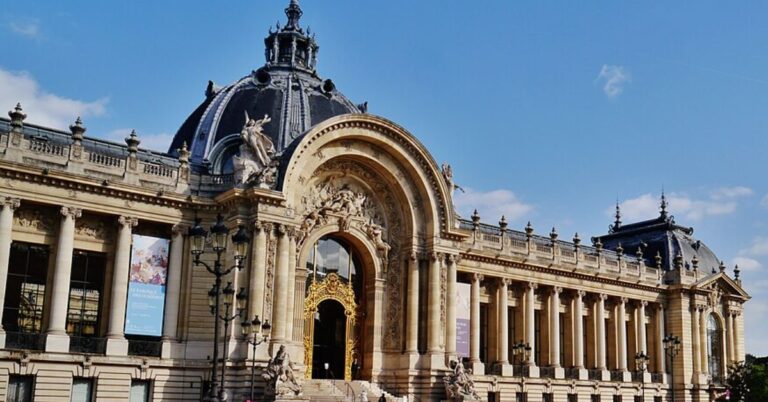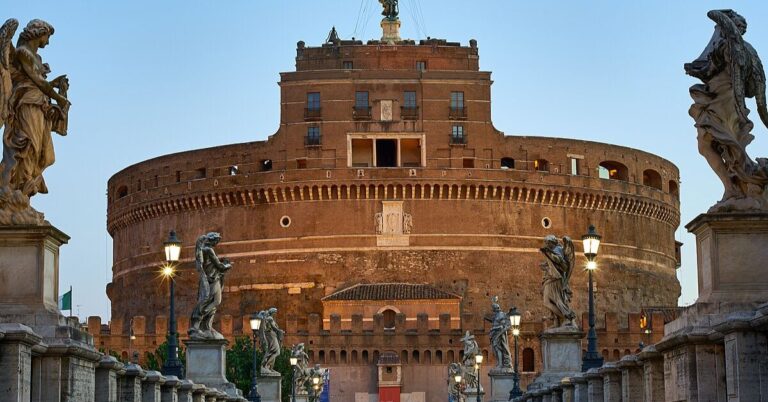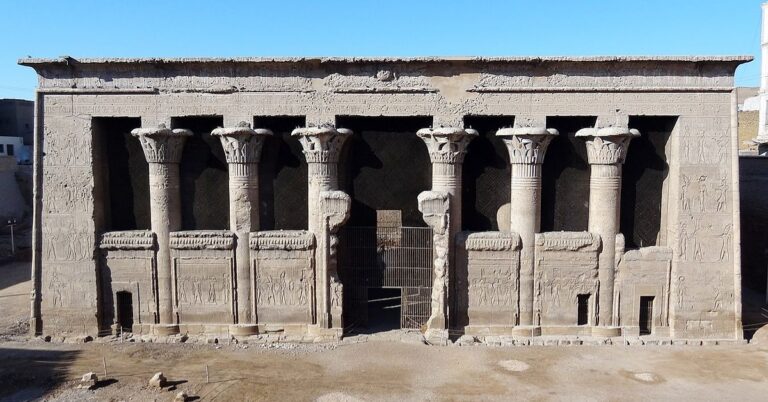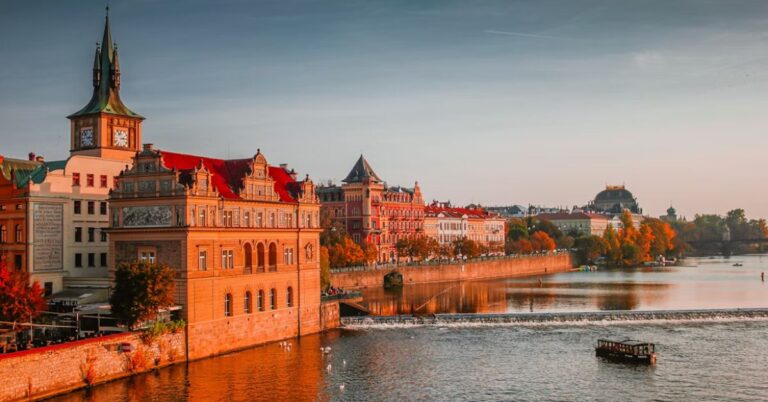15 Culturally Rich Places To Visit In Karakalpakstan, Uzbekistan
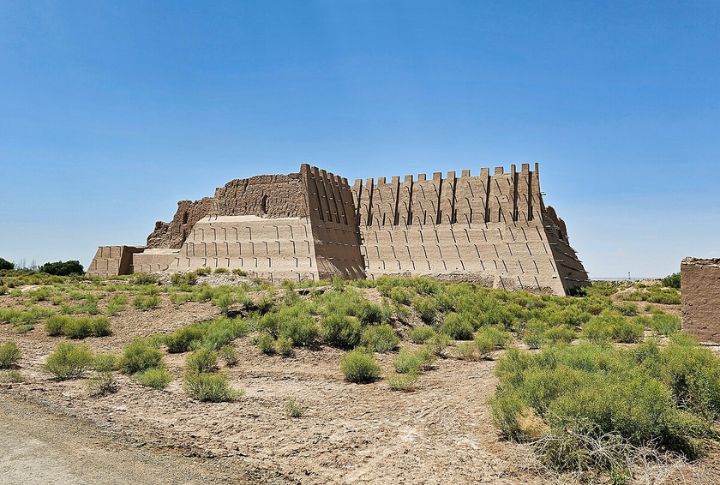
You probably won’t find Karakalpakstan on most travel bucket lists. That’s part of its charm. Situated in a quiet corner of Uzbekistan, this lesser-known region holds more history, mystery, and beauty than you’d expect. These 15 places reveal the soul of a land that quietly keeps its treasures until someone’s curious enough to look.
Nukus Museum Of Art (Savitsky Museum)
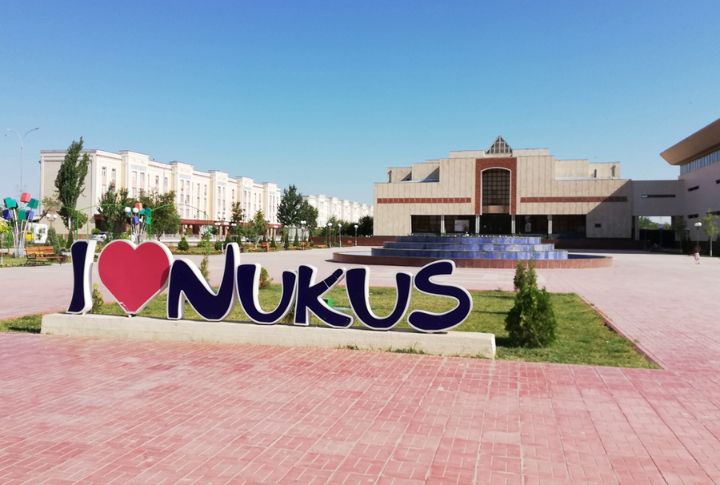
The Nukus Museum of Art, often called the “Louvre of the Desert,” is located in Nukus, the capital of Karakalpakstan. It houses a collection of over 82,000 items, including the world’s second-largest assortment of Russian avant-garde artworks. Founded by Igor Savitsky, the museum also features antiquities and Karakalpak folk art.
Ayaz-Kala
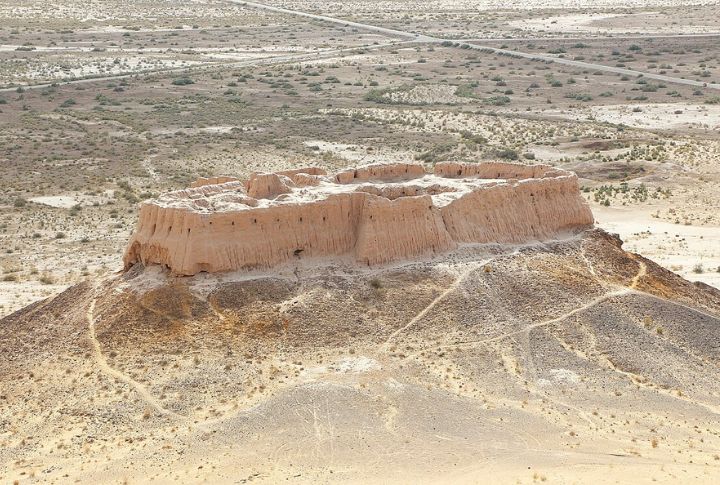
Ayaz-Kala is a complex of ancient forts dating back to the 4th century BCE, situated in the Kyzylkum Desert. These well-preserved structures offer panoramic views of the surrounding desert. The site comprises multiple citadels, each reflecting different historical periods and architectural styles. Its remote location makes it more alluring and a favorite tourist attraction among explorers.
Mizdakhan Necropolis
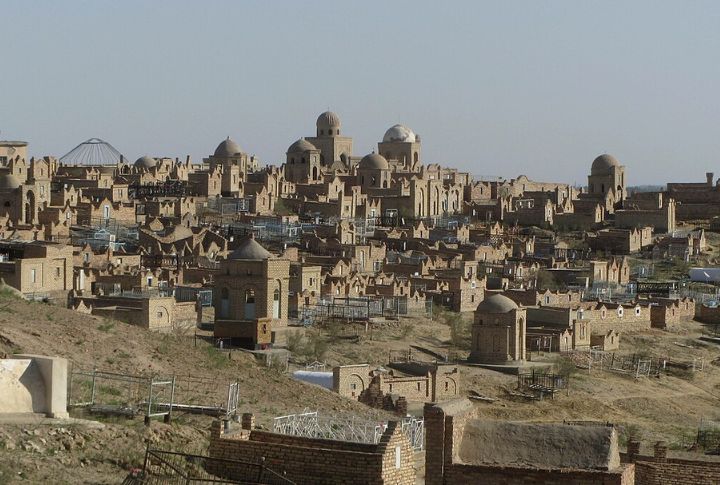
This is one of Central Asia’s oldest and largest cemeteries, with origins dating back over 2,000 years. Mizdakhan encompasses old mausoleums, tombs, and remnants of a medieval city. Notable structures include the Mausoleum of Mazlumkhan Sulu and the Gyaur-Kala fort. Pilgrims and tourists visit Mizdakhan for its spiritual significance and historical value.
Muynak Ship Cemetery
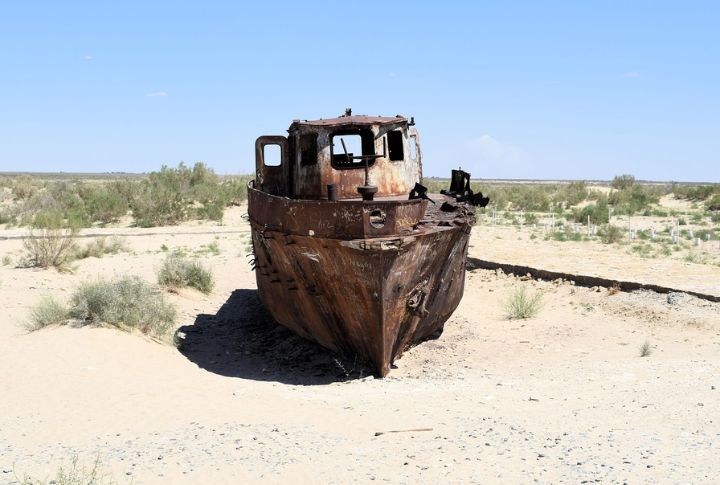
Once an important port on the Aral Sea, Muynak is home to the Ship Cemetery, a haunting reminder of the environmental disaster that led to the sea’s shrinkage. Rusting fishing vessels lie stranded on the former seabed, while the adjacent Aral Sea Memorial Museum provides context about the area’s history.
Toprak-Kala
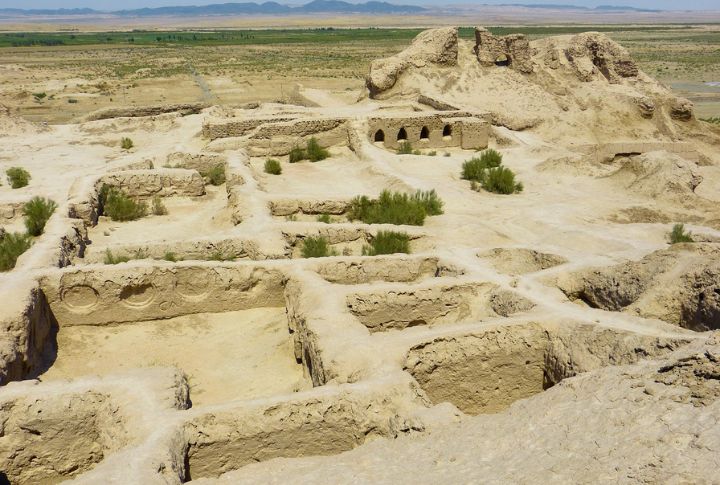
Toprak-Kala, meaning “Clay Fortress,” is an ancient city dating back to the 1st century CE. Serving as the capital of the Khorezm Kingdom, the site features remnants of palaces, temples, and residential areas. Archaeological excavations have revealed intricate wall paintings and artifacts, indicating a high level of cultural development. Its layout reflects advanced urban planning and architectural prowess.
Janbas-Kala
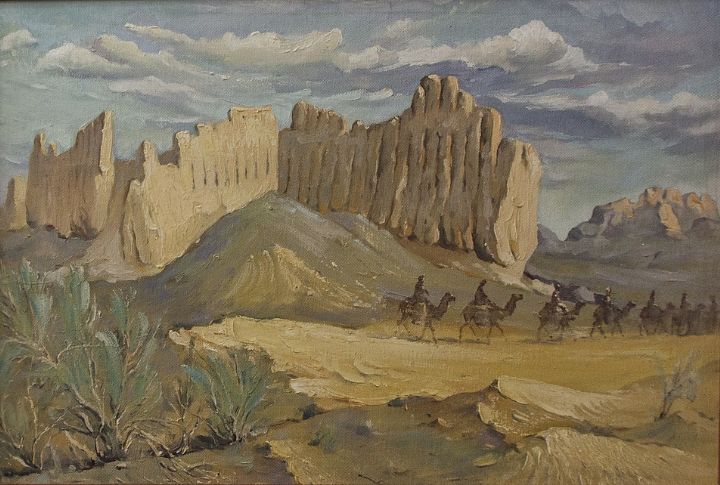
Historians posit that Janbas-Kala, a rectangular fortress, was built in the 4th century BCE. One notable feature is its lack of towers, which is unusual for strongholds of that period. The walls, standing up to 20 feet high, enclose a significant area that once housed a bustling community. Excavations have uncovered artifacts indicating a blend of cultural influences.
Kyzyl-Kala
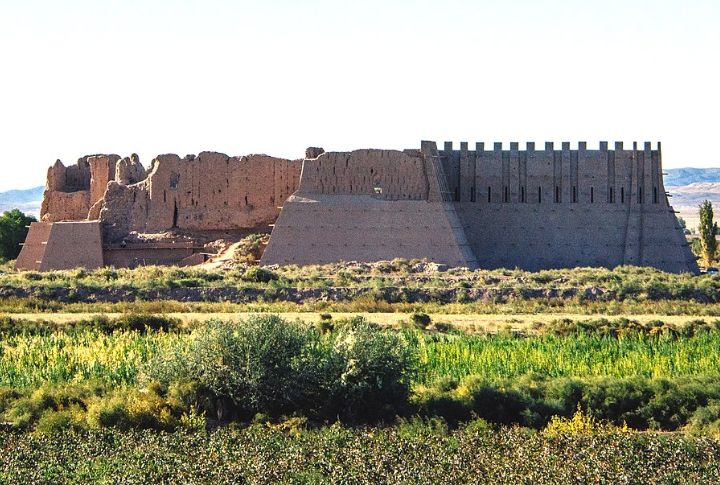
Another important site to visit is Kyzyl-Kala, or “Red Fortress.” This location is part of the ancient Khorezm stronghold and dates back to the 1st century CE. It features distinctive red mud-brick walls that have withstood the test of time. Kyzyl-Kala served as a military and administrative center, overseeing trade routes and local settlements.
Sultan Uvays Bobo Complex
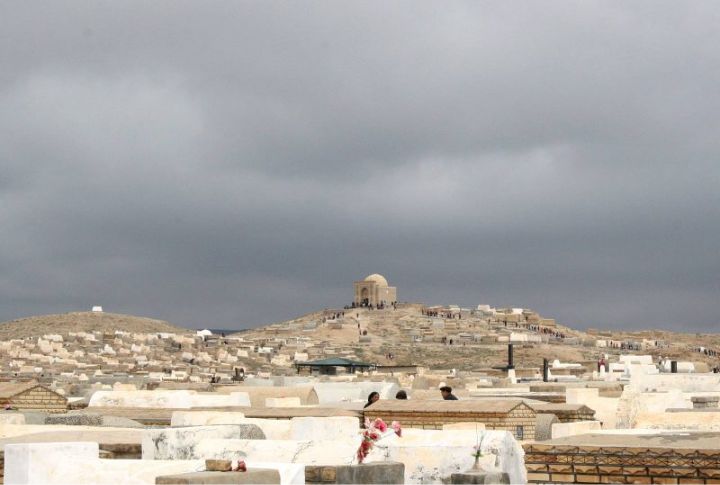
This religious complex is dedicated to Sultan Uvays Bobo, a revered figure in Islamic history. It is located in Beruniy District, Karakalpakstan, and includes a mosque, a mausoleum, and other structures. Pilgrims visit the complex to pay respects and seek blessings. Its architecture combines traditional Islamic designs with local Karakalpak elements.
Gyaur-Kala
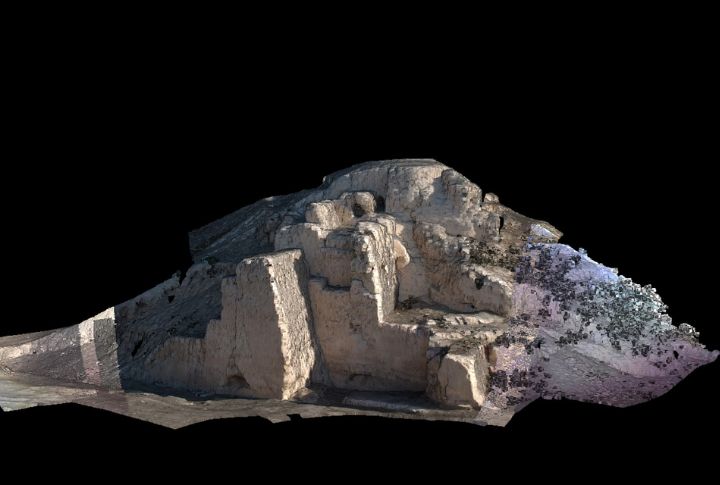
Roughly translated as “Fortress of the Infidels,” Gyaur-Kala is an ancient settlement built around the 4th century BCE. It is located near the Mizdakhan Necropolis, and its impressive ten-meter-high walls enclose the ruins of two citadels, which are believed to have served as temple and palace structures. Some scholars suggest that this area was a center for Zoroastrianism.
Ustyurt Plateau
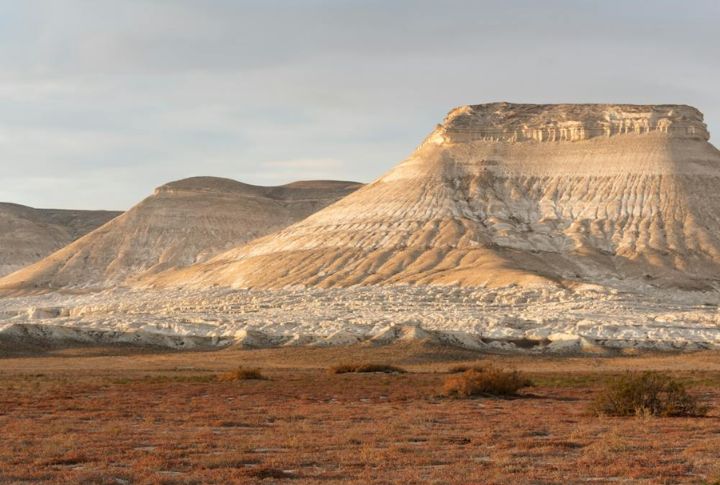
The Ustyurt Plateau is a vast, arid expanse stretching across Uzbekistan, Kazakhstan, and Turkmenistan. Characterized by its unique terrain of rocky outcrops and deserts, this plateau is home to diverse wildlife, including the rare saiga antelope. Historically, nomadic tribes and traders traversed it, and exploring it provides some insight into its past.
Sudochie Lake

Despite the ecological changes in the region, Sudochie Lake remains a sanctuary for over 200 bird species. The lake’s pristine shores are adorned with vibrant reeds and wildflowers, offering a serene setting for visitors. It once served as a vital resource for local communities and wildlife, and its contrasting scenery of water amidst aridity highlights nature’s adaptability.
Chilpyk (Zoroastrian Dakhma)
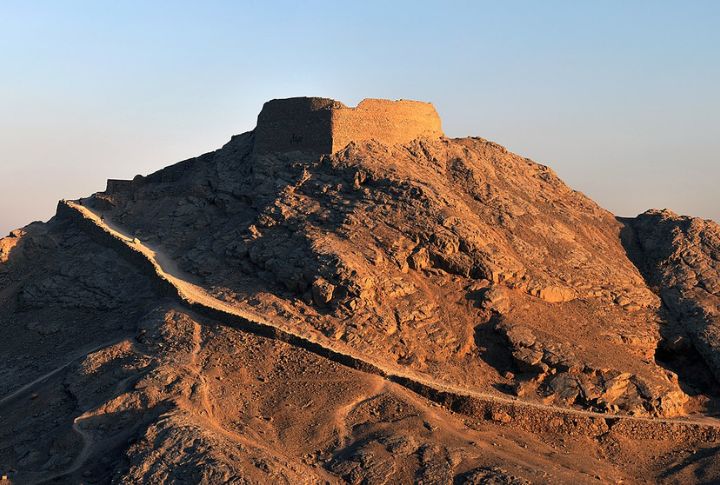
This ancient Zoroastrian dakhma, or “Tower of Silence,” was used for sky burials. Dating back to the 1st century BCE, Chilpyk is a circular structure perched atop a hill, offering stunning views of the Amu Darya delta. The site provides valuable insights into Zoroastrian funerary practices and the region’s pre-Islamic history.
Bes Qala Yurt Camp
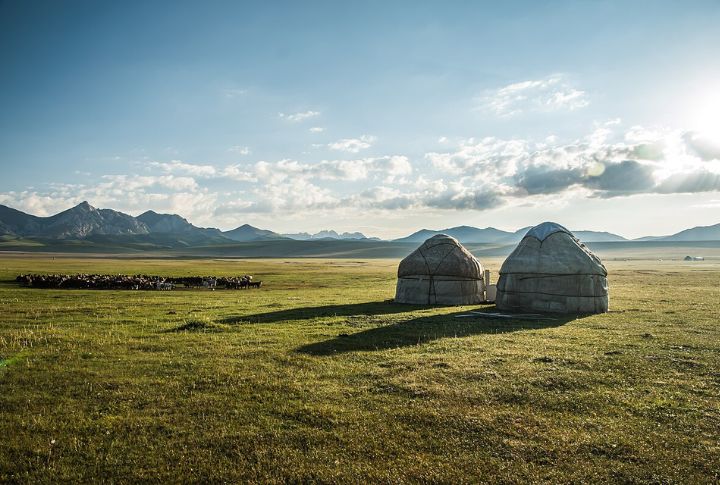
Visiting Bes Qala Yurt Camp provides an experience of traditional nomadic life near the Aral Sea. Guests can stay in yurts, dine on local cuisine, and enjoy views of the surrounding environment. Some basic amenities include shared showers and toilets, while its location is an excellent base for exploring the Ship Graveyard.
Barsakelmes
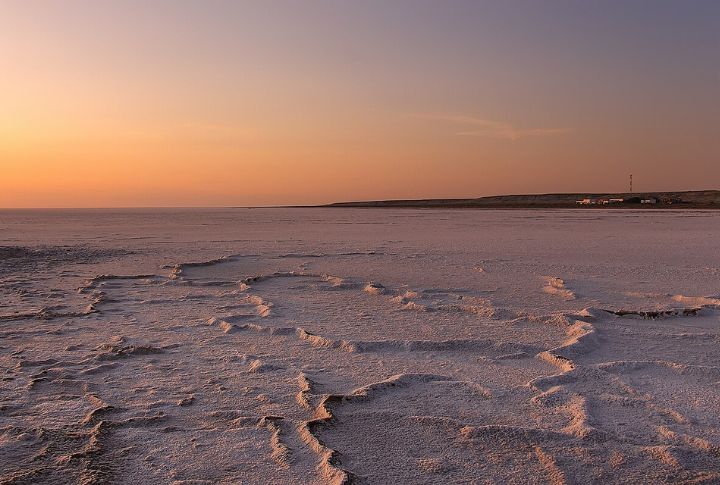
Barsakelmes, translating to “you will go—you will not return,” is a vast salt flat located on the Ustyurt Plateau. This area was once part of the Tethys Sea, which dried up millions of years ago, leaving behind expansive salt deposits. The site offers a profound experience for those interested in geology and the long-term effects of climatic transformations.
Aral Sea Monument

The Aral Sea Monument depicts the environmental tragedy that befell the region. Located in Muynak, it commemorates the once-thriving fishing industry and the communities affected by the sea’s desiccation. Several symbolic sculptures and plaques detail the history and impact of the Aral Sea’s decline. It is now an educational site raising awareness about ecological conservation.

